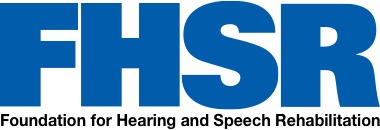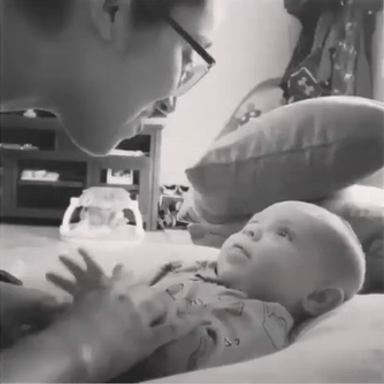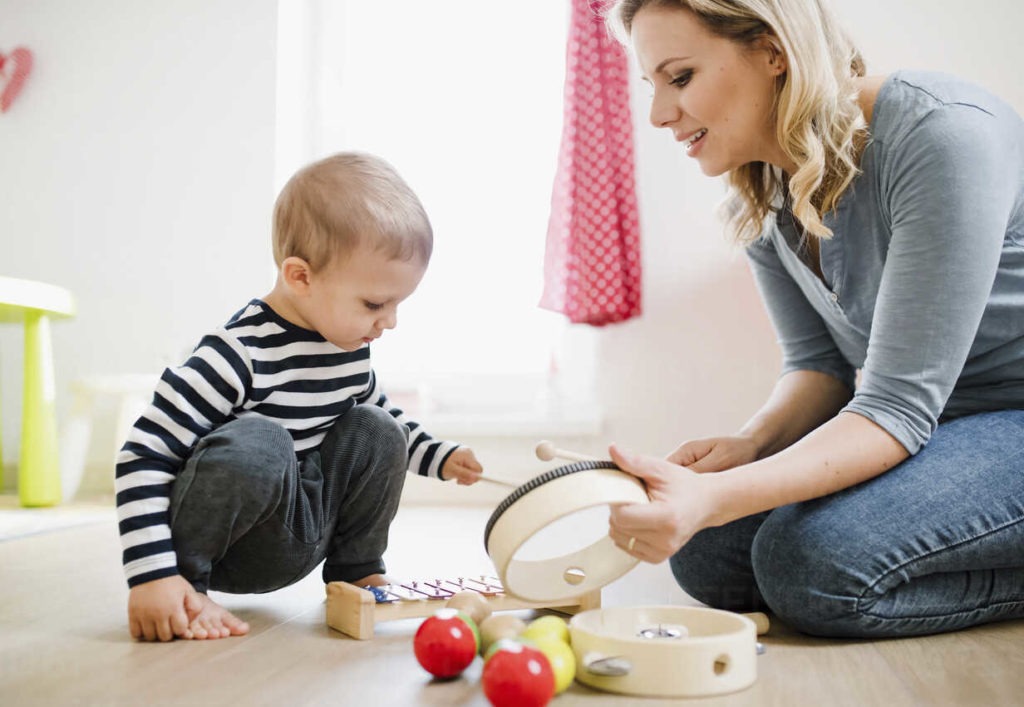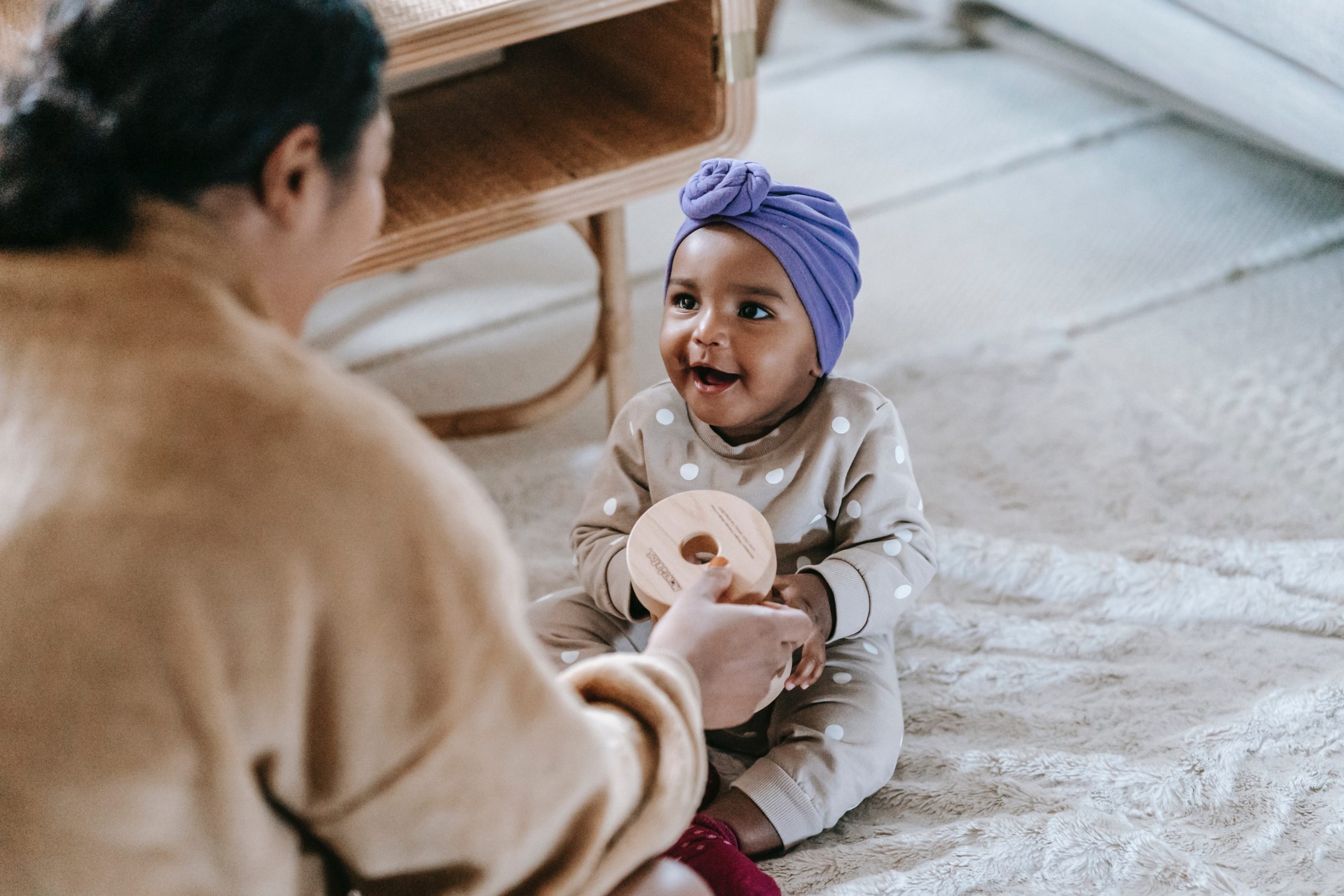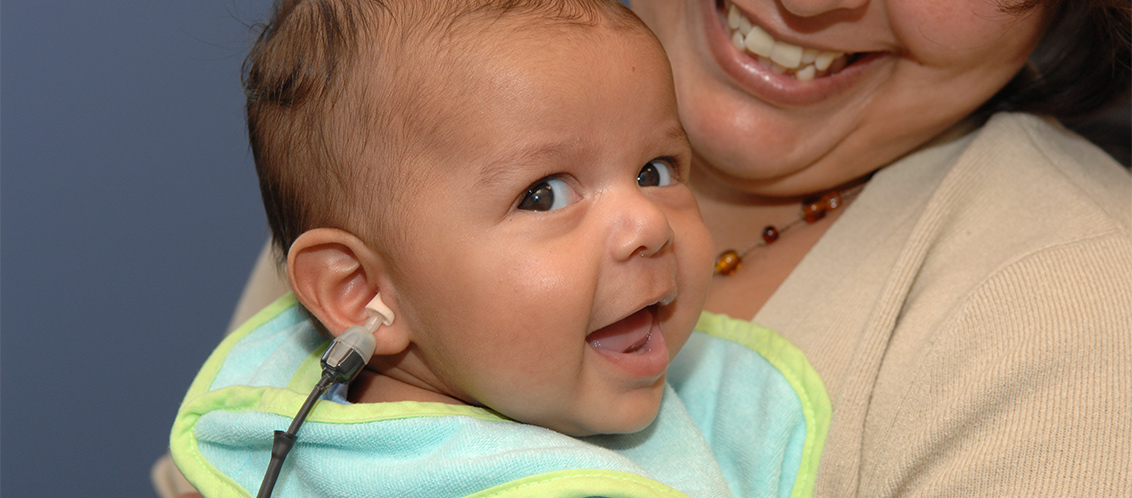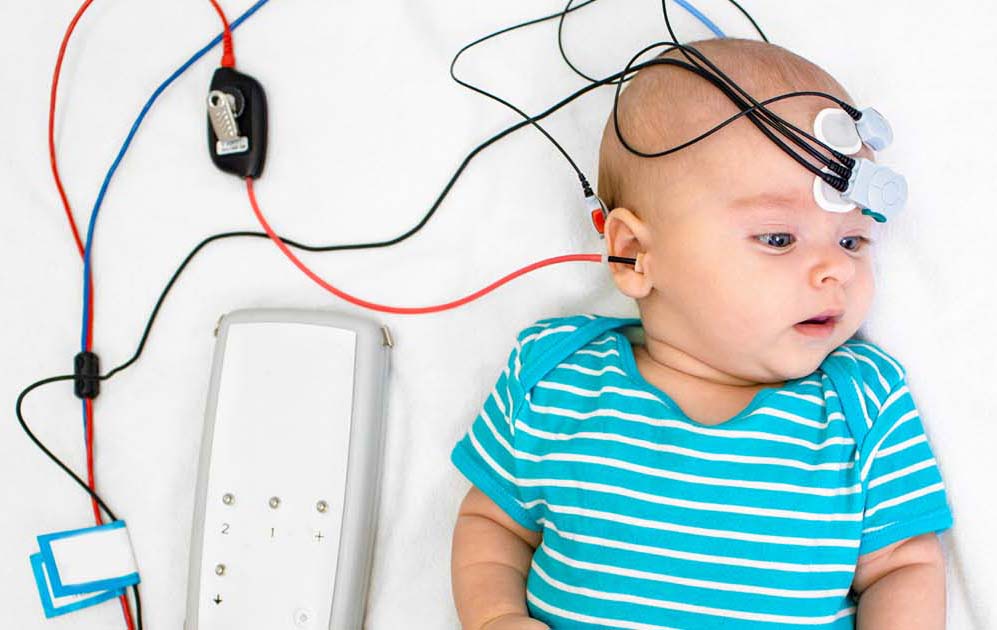MUSIC ENRICHMENT FOR BIRTH TO AGE THREE:
HOW AND WHY TO CREATE A MUSIC RICH ENVIRONMENT AT HOME
Creating a music rich environment in the home has many benefits for the child; from listening skills to speech perception and development, to turn taking and movement but perhaps the biggest benefit is the joy music gives to a child’s life.
By bringing music into your deaf or hard of hearing (DHH) child’s life in a joyful and meaningful way it can provide a respite from the doctor’s appointments and therapies giving the child and their caregiver a special bonding experience.
Music is everywhere in your home: from the doorbell to the windchimes and the pots and pans- almost anything can provide a beat, a rhythm or a melody. You do not need fancy instruments although they are great if you have them. We recommend a few small simple instruments such as an egg shaker, a drum and a scarf to get you started on your musical journey. These percussion instruments provide tactile feedback and help the child associate the movement with sound. The scarf or piece of fabric helps with flowing movement.
As a mom of a child who was born deaf and received implants at the age of 6 months old, I have a personal passion to give the gift of music to children just like my son. Our early childhood music enrichment classes are some of my fondest memories of his infancy and I know that this in depth exposure assisted him in his listening and language development.
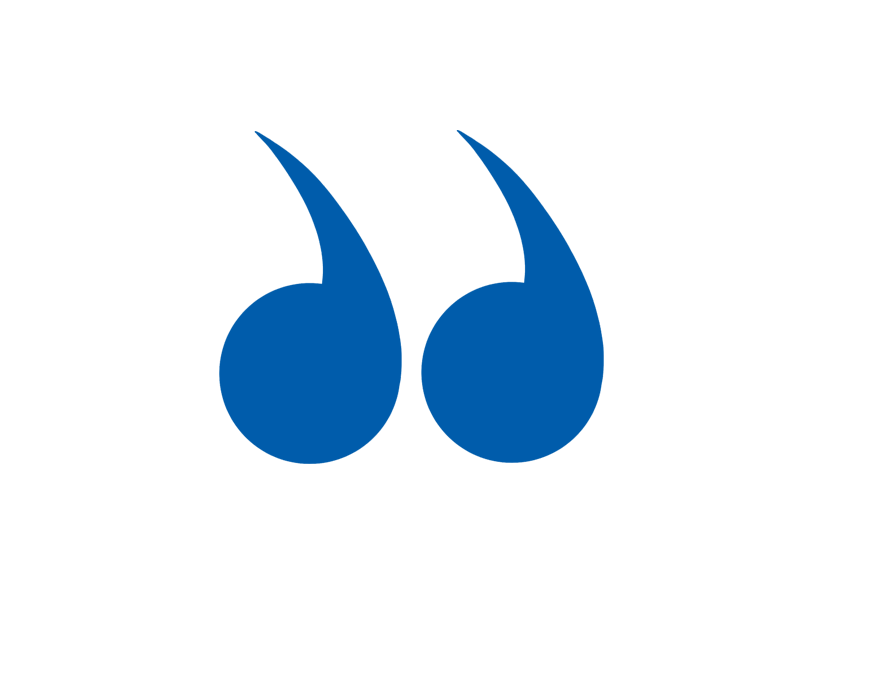
MUSIC ENRICHMENT PROGRAM WEBINAR
Kristen Van Dyke (FHSR) & Sally Blandon (Merit School of Music) discuss how playful interactions at home with music and movement stimulate cognition and foster sound production, a precursor for language development for newborn children with hearing loss, discussing the benefits of incorporating music in a Deaf or Hard of Hearing child’s life along with best practices for creating a music-rich home environment.
Through sharing a variety of musical techniques and approaches, Sally and Kristen dig into the science-based pedagogy that further enhances the overall development and habilitation of young DHH children.
MUSIC AT HOME TIPS
CONSIDER THE CONTENT
Simple songs that are repetitive are best - use just your voice, trust us even if you cannot sing your baby will think your voice is beautiful! And Repeat Repeat Repeat babies never get tired of hearing the same song. For children with hearing loss they need to hear a word or phrase many more times than a normal hearing child. Classics such as “You are my sunshine” and “Twinkle Twinkle Little Star” are a perfect way to start. These tunes can also be updated with words of your own, almost anything works!
MAINTAIN FREQUENCY
Ritualize your time together: Set aside music time each day, making it a part of your routine. Start with just a few minutes and gradually increase the time.
REDUCE DISTRACTIONS
Reduce background noise and distractions if possible, use your natural voice and start at a SLOW tempo and keep your volume at a comfortable level for your child.
ENSURE PROXIMATY
Get down on the floor with your baby and make sure your face is clearly visible and sing a lullaby to your baby.
The Music To My Ears Scholarship Program allows all deaf or hard or hearing children, regardless of financial need, to attend weekly music enrichment classes and experience the joy of music with their caregivers and hearing peers.
The scholarship will provide one year of tuition-free music classes to (up to 4 years of age) who are deaf or hard of hearing and living in Chicago and the surrounding suburbs.
ADD MOVEMENT TO YOUR MUSICAL HOME
Use touch to move your babies arms and legs in time to the song. A great example here is “Wheels on the Bus” or “The Itsy Bitsy Spider”.
Sway and slow dance with your baby - this is an incredible way to bond with your child and even if they cannot hear your voice they will feel your breath change and your chest rise and fall which can be quite soothing for your little one.
Add a Visual: Add a puppet to your musical routine: this simple toy can help your child associate sounds with the movement of the puppets mouth - a great song for this one is “Old McDonald’s Farm”.
Remember to incorporate childhood songs that attach movement to words that rise and fall similar to sentence structure and conversations to encourage your child’s language development.
OUR VIDEO SERIES!
The first of our series is a collection of 4 videos created for parents / caregivers and their newborns with hearing loss. The videos were thoughtfully put together to walk parents through the key areas of creating a music rich home environment, while encouraging a bonding experience with their baby, by lead FHSR Music Instructor, Sally Blandon
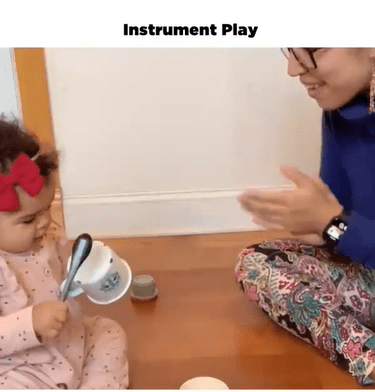
RESOURCES
OLD TOWN SCHOOL OF FOLK MUSIC
Large selection of children’s song books that are perfect to help you create a music rich home.
VIDEOS
YouTube is an excellent resource for early childhood music videos
EVERGREEN CHILDREN'S MUSICIANS AND ARTISTS
Laurie Berkner Band, Ella Jenkins, Raffi, and Justin Roberts
BABY BOOKS THAT CAN BE SUNG
Language simple but rich books, such as Frosty the Snowman, Brown Bear Brown Bear, Moo Baa La La La! and The Big Red Barn, offer all kinds of happy moments to sing and make noise with your baby.

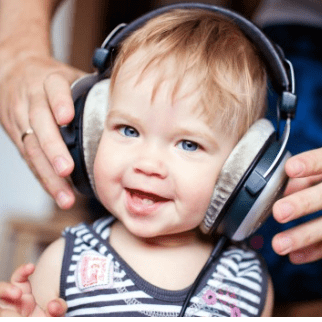
Every contribution to FHSR helps improve the lives of children with hearing loss.
We hope you will consider making a gift to support these children. Thank you!
